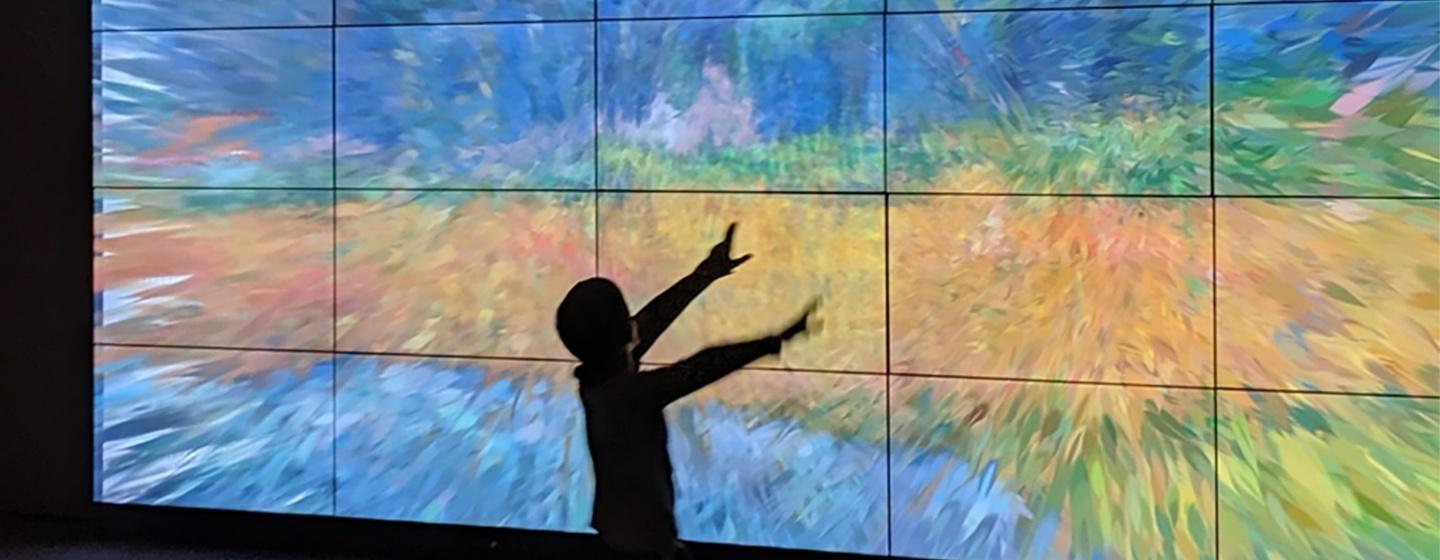I only learned recently about the artist Wallace Berman, a bright force in the post-war California art scene. It feels as if I should have known about him sooner, since he did cool photo assemblages using an early generation copy machine. Mash-ups, provocative text, scrawling lines. His work has a beatnik, pop, jazzy vibe, free from the tyranny of linear thought, more like the surrealists but not so self-conscious. My kind of stuff.
I came across his name in my coronavirus reading jag, where I picked up tons of books and finished few, my concentration lost in virus time. But I followed Google and looked at a lot of his work and there it was—a lens to Where We Are Now: the intersection of sense and nonsense.
COVID-19 and the new, never-again normal. Everything being just about the same and totally different. I still go to the store (with a mask), stand next to strangers (6 feet away), go to work (at home only) and greet my friends (no hugs). I went to an art gallery for the first time in three months; had to make a reservation and wear a mask. Shuffling through the space in a medically mediated experience.
What Berman’s assemblages triggered for me was how many layers of social strife, economic uncertainty, personal struggles, world-altering medical realities and plain old anxieties have been stacking up for months. But the patterns are largely opaque, the results not yet clear. I’m talking about overload folks.
And in the middle of it, artists continue to find means of expression.
I’ve had the great fortune to talk with Northeast Ohio artists for the past few weeks and bear witness to not only their economic and creative struggles, but to their resolve and belief in the power of the arts.
Whether they are running arts collectives, Zooming musical workshops for kids, writing their first screenplay, or staying at home with the kids, the artists I’ve met have inserted a layer of hope in their daily lives. Not blindly, but with care: They’ve worked to develop a coherent plan to find the best routes to the other side, whatever that ends up looking like.
It’s not a jigsaw puzzle, which assumes all the pieces are present and fit together. It is more like a collage—intentional decisions to mix and match and make it work. Look at it one way and then another.
All of us are having to create our own assemblages into the future. To adjust the images of the world and each other and make sense of how it all comes together. There is hope in that, and the results can be something beautiful and unique. The hard work of figuring it out is worth it.
Luke Frazier
Producer/Host
The Arts & COVID-19: What Now? Luke Frazier



